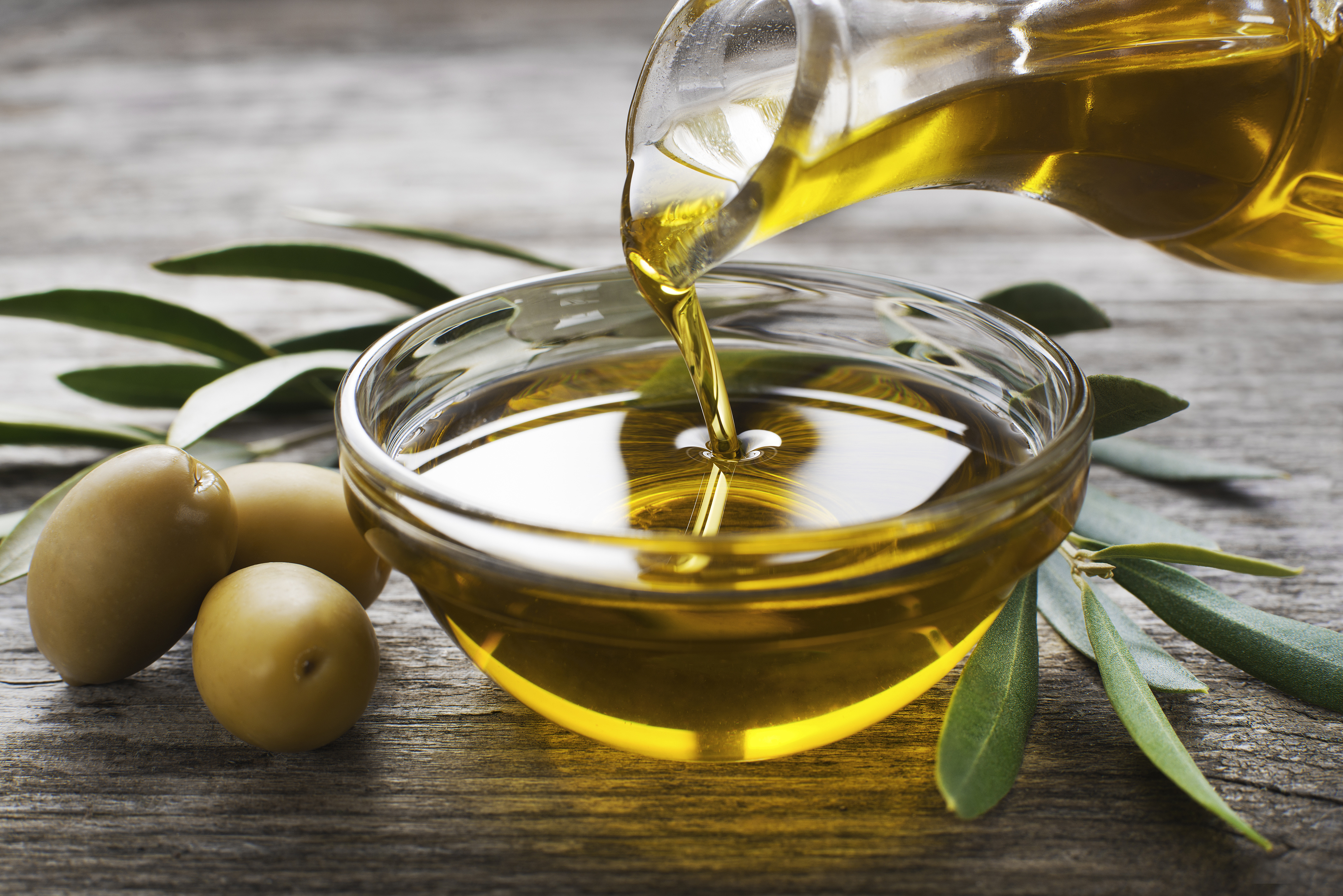What Does Your Edible Oil Promote – Health or Disease?

There are so many different types of oils ranging from classic vegetable oil to exotic grape seed oil. When it comes to choosing one it can be confusing. How do you know if you’re buying the healthiest one? Welcome to my blog on edible oils, where I clear the fog on edible oils.
The worship of Polyunsaturated fats and rise in heart disease
For years, we have gravitated toward polyunsaturated oils like canola, sunflower, and safflower oils. This includes me as well! Scientific reports have cautioned us against saturated fats like coconut oil and butter for decades, so a vast majority of the world population strayed from consuming these type of fats. Decades have passed, yet there is no sign of decline in heart disease around the world. As a matter fact, it’s only worsened in the last few years. This has clearly turned researchers’ attention to our current oil/fat choices and intake.
Today there is a change in recommendations, you can clearly see that once forbidden saturated fats are making a comeback. There are many studies that point out the benefits of including saturated fats like coconut oil to combat diseases.
Obviously, the past and current recommendations, can leave anyone confused including doctors and other health care providers, I was no exception! For years I researched into this topic, discussed with my peers and based on my understanding, and experience, I share my take on edible oils. In my blog , you can read about which oils are the best for health, what to use for salads, deep frying, and even on the skin! Before, that a quick look at the type of fats.
Types of fats
Fats have two main branches – Unsaturated and Saturated fats. All fats contain hydrogen, carbon and oxygen and they are linked with molecular bonds.

Saturated fats: These have a strong single bond. Examples include animal fats like butter, lard, and tallow. Plant sources include palm oil and coconut oil. They are very stable and have a high smoking point.
How to find the smoking point of your oil?
- Heat your pan to a certain temperature.
- Add a drop of oil to it.
- If your drop of oil turns into smoke, it has a low smoking point and it is a decomposing oil. Avoid cooking with that oil.
Monounsaturated fats: These types of fats have one double bond that makes them to break easily. You can find these in: olive oil, peanut and avocado, nuts like pecans, almonds, pumpkin and sesame seeds.
Unsaturated fats: These are liquid at room temperature and are predominant in nuts and seeds. Here again, there are two types of unsaturated fats.
Polyunsaturated fats: They have many (poly) double bonds which are easily broken and hence they are highly unstable. These are found in high concentrations in sunflower, corn, soybean, and flax seed oil, walnuts and canola oil*. These oils are chemically unstable and prone to oxidation it is important that you pay attention to the type and form of fats you choose to cook.
Omega 6 versus omega 3: Fats have two main branches – Unsaturated and Saturated fats. All fats contain hydrogen, carbon and oxygen and they are linked with molecular bonds.
Saturated fats: These have a strong single bond. Examples include animal fats like butter, lard, and tallow. Plant sources include palm oil and coconut oil. They are very stable and have a high smoking point.
How to get more omega 3 (w3)?
If you want to consume w3 oils from flax seed oil, chia seed oil, and fish oils take them as supplements, because they are unstable and get oxidized fast if put in a bottle. The best method is to buy them as supplements from a manufacturer that abides to high standards. Consuming too much of unsaturated fat is not healthy as they can form rancid fats in your body.
So, what kind of edible oils you can cook with?
Non-exotic olive oils are less expensive, yet stable. Exotic olive oils or otherwise known as ”first pressed” typically have a strong green color and characteristic flavor, but are highly unstable. Unstable fats are the ones to be avoided in salads. The best way to protect your health is simply avoiding the w-6 rich seed oils – sunflower, safflower, corn oil etc. They were introduced in the 1920’s because manufactures found a cheaper way to make oil from these seeds.
Salad Oils: You have enough supply of w-6 oils from various dietary sources, which is why I highly recommend that you keep off w-6 oils for salad oils. For salad oils, the best ones to use are:
- Non-exotic olive oils which are not green in color.
- Grape-seed oil – stable, healthy and has plenty of antioxidants.
Simple test to tell if your olive oil is a stable or rancid:
- Take an astaxanthin capsule put a thin hole in the capsule.
- Add one drop of astaxanthin into your olive oil, it will immediately turn red.
- If it continues to stay red your olive oil is stable.
- If it is no longer red throw it away, your oil is rancid.
Cooking Oils: The salad oils do not make very good cooking oil. Depending on the temperature you are going to need for cooking, here are the best options.
Shallow frying and sauteing: Olive oil and butter are great options. The key here is not to heat the pan to very high temperatures.
Deep frying: Peanut oil has a high smoking point and are good for fried foods. You can also use grape-seed oil, but it is very expensive. Other great options are palm oil ( available in most online stores) and coconut oil ( available in stores as well as online).
Avoid these oils on skin:
Never use polyunsaturated oils on your skin. Polyunsaturated oils age your skin and leaves a leathery feel to it. These include chia oil, flax seed oil, perilla oil and sasha inchi oil. These are the ones you typically see in beauty products. The fact that polyunsaturated oils are extremely unstable upon exposure to oxygen and heat is a good indication that you need to avoid them on your skin too.
Applying polyunsaturated oils on your skin and exposing to UV light is risky for your skin health. First, the exposure to air makes it rancid and second the UV radiation makes them very unstable and results in inflammation. Net result – age spots, premature aging, and wrinkled skin.
What happens if there is increased intake of omega 6 oils?
- Chronic low grade inflammation
- Free radical generation
- Increased risk of diseases
- Hormonal imbalances
- Skin problems
- Menstrual issues
A 2010 study published in the journal Nature Neuroscience showed that increased levels of omega-6 in the body led to conditions like Alzheimer’s and confused behavior. The study reported that high levels of omega 6 can interfere with the nerve cells in the brain and cause over-stimulation (2).
Strive to maintain a balance in your w 6 to w 3 fat intake, also remember, one tablespoon of any fat (saturated or unsaturated) provides 120 calories. Use the right fats to get the best of health. Finally, I want to leave you with a few tips on how to store and use oil.
Oils: Storing & usage
- Always store in a cool, dry place
- Store in a dark container, oils spoil faster when kept in clear containers. Store in dark tinted glasses or ceramic is a good choice.
- Do not expose to air, store oil in an airtight container.
- Always buy small containers of oil if possible. If you do buy in bulk, use within a year of opening the container.
You may also like
Leave a Comment
You must be logged in to post a comment.






0 Comments